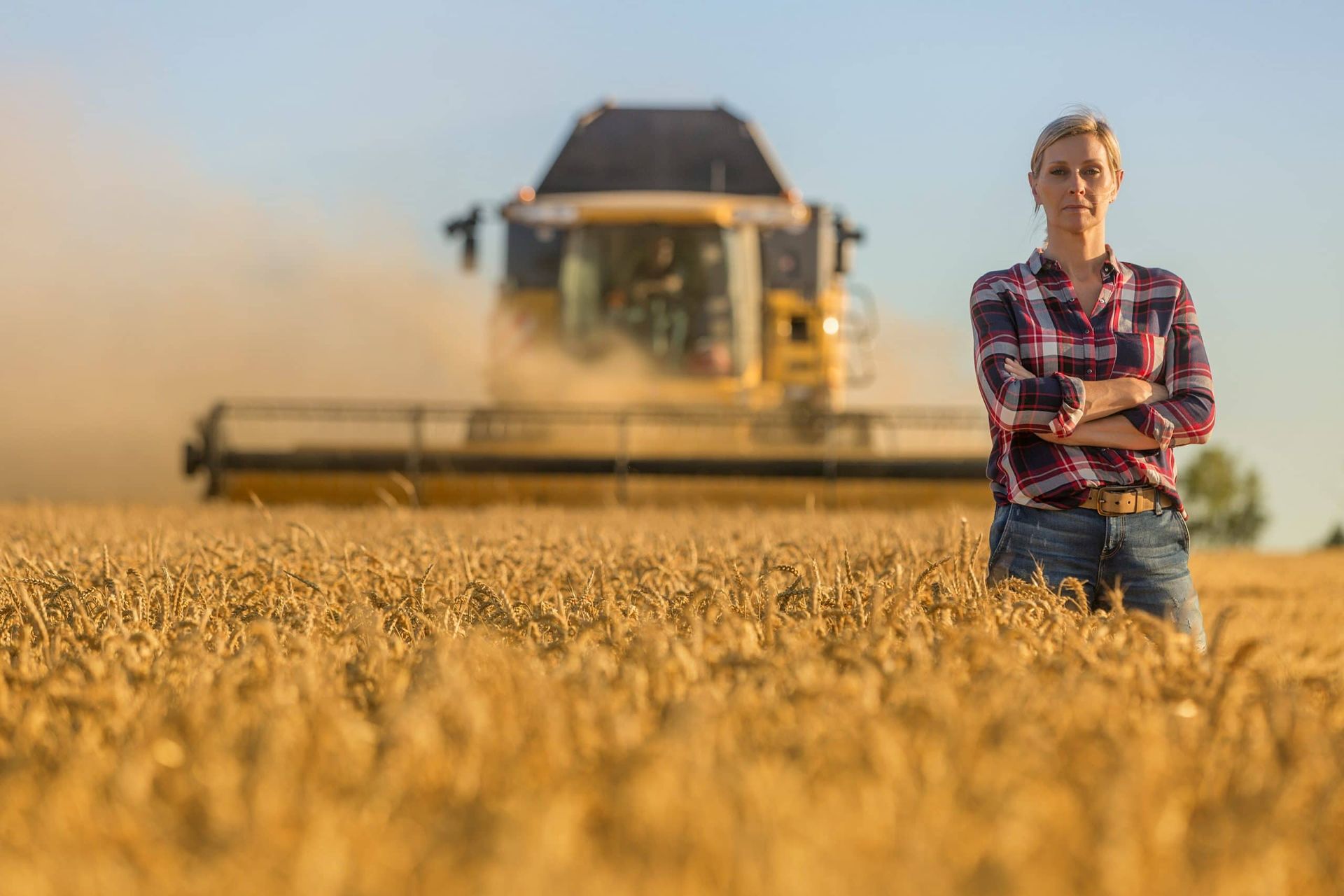News


With agriculture degree courses now attracting more women than men, the future of primary production will have a vastly different look to the current, male dominated industry.
That’s according to a report ANZ Agri Insight this month, released earlier this month on the International Day of Rural Women.
With female enrolment in agriculture courses now up to 56%, an additional 18,500 female graduates will join the Australian agricultural workforce, compared to 13,500 men.
ANZ Agri researcher Madelaine Swan said that while women have long contributed to both on farm labour and off-farm income, the number of women in formal agri-employment is on the rise.
“Many women have been isolated from the broader industry as ‘silent’ participants on farms, however that trend is slowly changing, as more women gain qualifications in agriculture and related disciplines, and the workforce shifts to an increased formal, paid participation from women,” she said.
The number of women in formal, paid positions has increased steadily over the last few decades, rising from 26% in 1984 to 34% in 2020. The balance of women in full-time versus part time agricultural roles is also shifting. In 1984, women made up 73% of the part-time agricultural workforce, and 15% of the full-time positions. In 2020, women held 56% of the part-time roles and 26% in a full-time capacity. The underemployment rate is also heading in the right direction with 8.5% of women in agriculture wanting more hours.
Executive Agriculture Trailing Behind in Diversity
While around 28% of all managers in agriculture are women, ANZ’s Agri Insight report highlighted the lack of women’s representation in agri-board positions. In industry bodies, 90% of board positions are held by men and only 2.3% of Australian agribusinesses have a female CEO, compared with an average of 17% across other sectors.
When we consider that the average age of a farmer is 61 – and the average age across the entire agricultural workforce is 49 – it’s obvious that agriculture will face a massive shift over the next few decades. On its own, that forces the industry to plan for a huge number of job vacancies over the next few decades, without accounting for huge growth predicted for Australian agriculture.
ANZ’s report predicts that there will be another 50,000 jobs created in agriculture. Of those 27,000 will be filled with women and 14,000 of those will be in a management position.
Growth Potential for Global Female Focus
Globally, one in three women work in agriculture. Despite being as productive and profitable as their male counterparts, female farmers have less access to land, credit, agricultural inputs and markets.
Research by the United Nations asserts that “if women in rural areas has the same access o agricultural assets, educations and markets as men, agricultural production could be increased, and the number of hungry people reduced by 100-150 million”.
Sources: Beef Central, ANZ
Get the latest industry updates
Contact Us
We will get back to you as soon as possible.
Please try again later.



